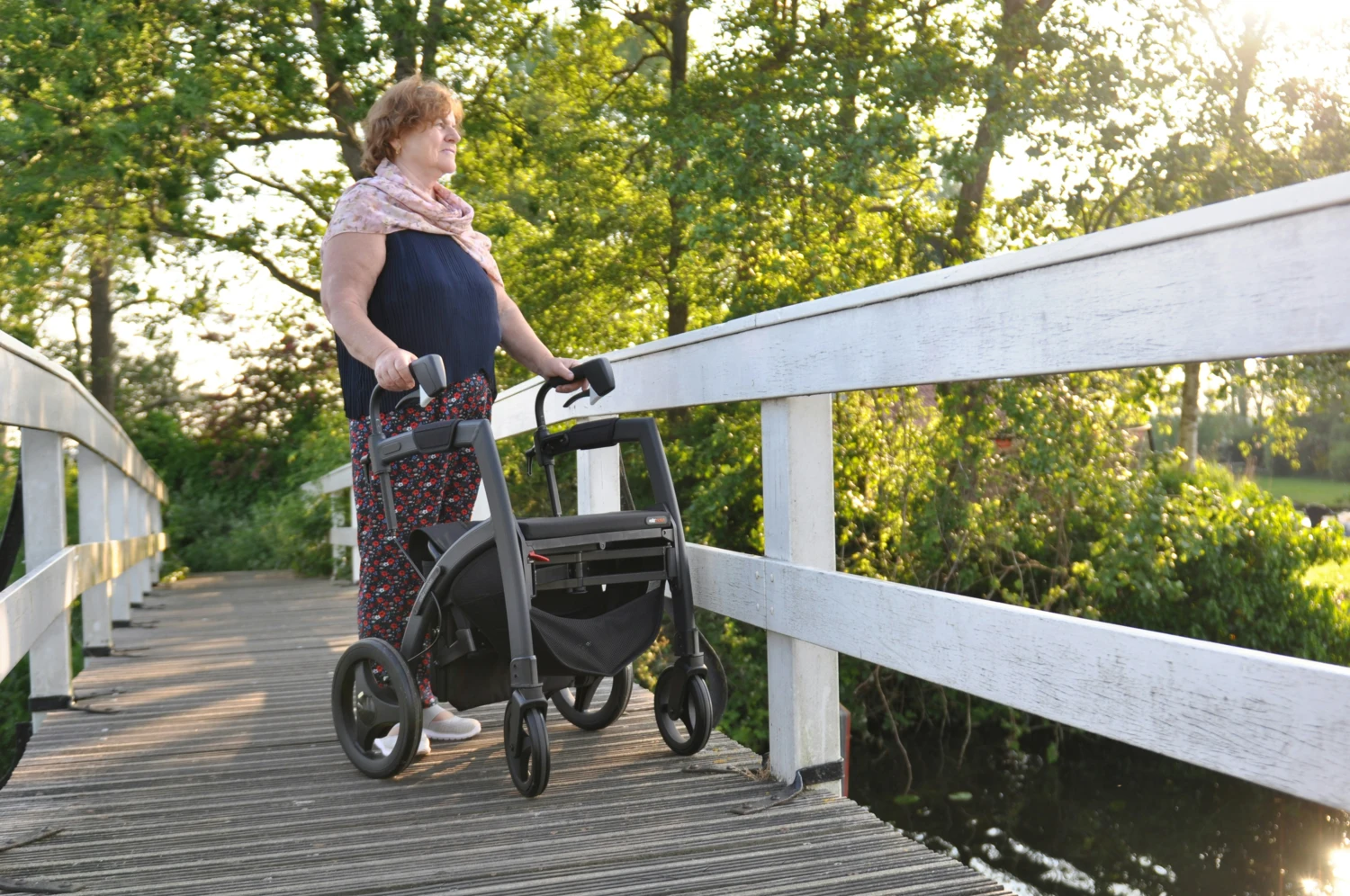WHO today published an on the RTS,S/AS01 (RTS,S) malaria vaccine that includes the calling for the wider use of the vaccine among children living in areas of moderate-to-high P. falciparum malaria transmission. The paper complements the recent addition of
the recommendation to the .
“The first malaria vaccine is a major step forward for malaria control, child health and health equity. If implemented broadly, the vaccine could save tens of thousands of lives each year,” said Dr Kate O’Brien, director of the Department
of Immunization, Vaccines and Biologicals. “This guidance is essential to countries as they consider whether and how to adopt the vaccine as an additional tool to reduce child illness and deaths from malaria,” she added.
WHO recommendation on the first malaria vaccine WHO recommends the RTS,S/AS01 malaria vaccine be used for the prevention of P. falciparum malaria in children living in regions with moderate to high transmission as defined by WHO. |
More on the WHO Guidelines for malaria
The malaria vaccine recommendation was recently added to WHO’s consolidated malaria guidelines on the MAGICapp platform. The guidelines bring together the Organization’s most up-to-date recommendations for malaria in one user-friendly .
Specific information on RTS,S can be found in the following sections:
- Section 4.3 – Vaccine recommendations and conclusions
- Section 8 – Methods on joint process for developing a malaria vaccine recommendation
- Section 10.2 – Contributors and interests
- Annex – Evidence profile
Countries are encouraged to adapt the recommendation to local settings. “In recent years, WHO has been advising countries to move away from a ‘one-size fits all’ approach to malaria control, applying instead a mix of tools informed by
local data and disease patterns,” said Dr Pedro Alonso, Director of the WHO Global Malaria Programme. “The malaria vaccine is a breakthrough addition to the malaria toolkit,” he added.
More on the WHO position paper
The paper, published in WHO’s Weekly Epidemiological Record, summarizes essential background information on the global malaria context and disease patterns. It presents available RTS,S evidence; addresses the role of RTS,S among
other preventive measures; and outlines recommendations for broader deployment of the vaccine.
In addition, the paper identifies research priorities for the vaccine and considerations for immunization and health systems. It briefly describes the development of a framework to guide the allocation of the initial limited doses of malaria vaccine;
supplies of RTS,S are expected to be limited in the short to medium term.
Global guidance informed by full RTS,S evidence
The position paper and the update to the WHO Guidelines for malaria incorporate the on the malaria vaccine, which was informed by a full evidence review of RTS,S by WHO’s global advisory bodies for malaria and immunization – the Strategic Advisory Group
of Experts (SAGE) on immunization and the Malaria Policy Advisory Group (MPAG) – and approved by the WHO Guidelines Review Committee.
Coming soon: additional malaria vaccine tools for countries
This newly published guidance will be followed in the coming months by additional tools and information to guide countries that have decided to adopt the malaria vaccine – including a new malaria vaccine introduction guide and an operational manual
for sub-national tailoring of malaria control tools.








